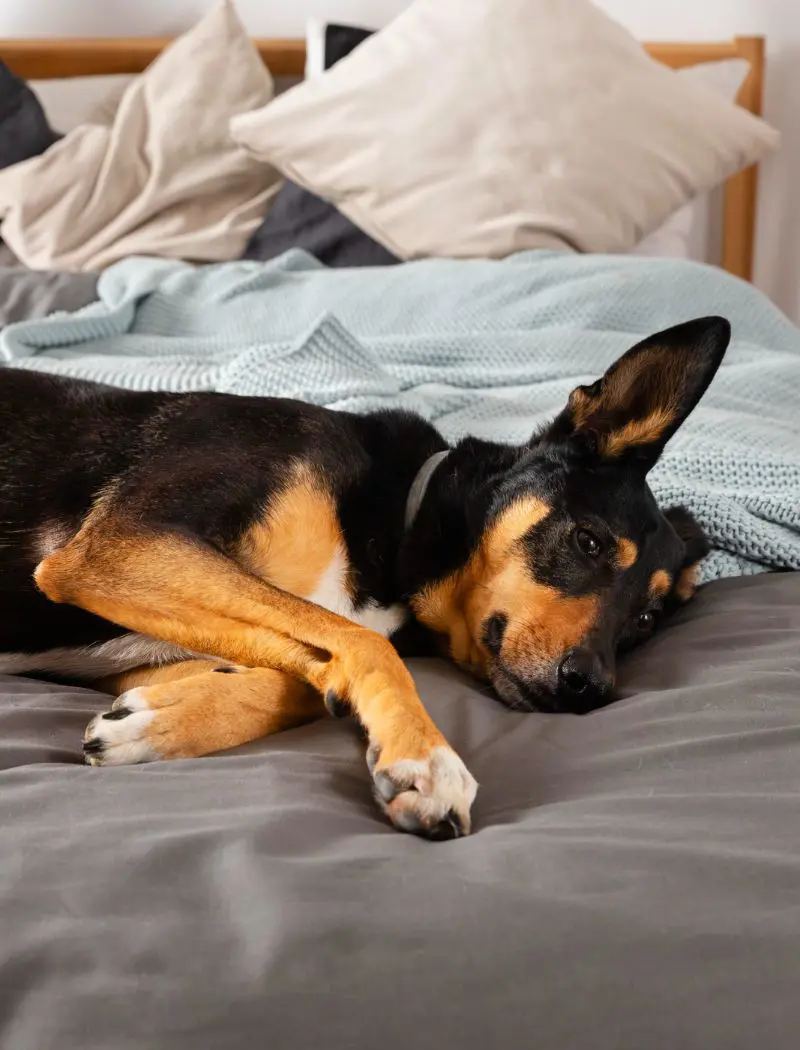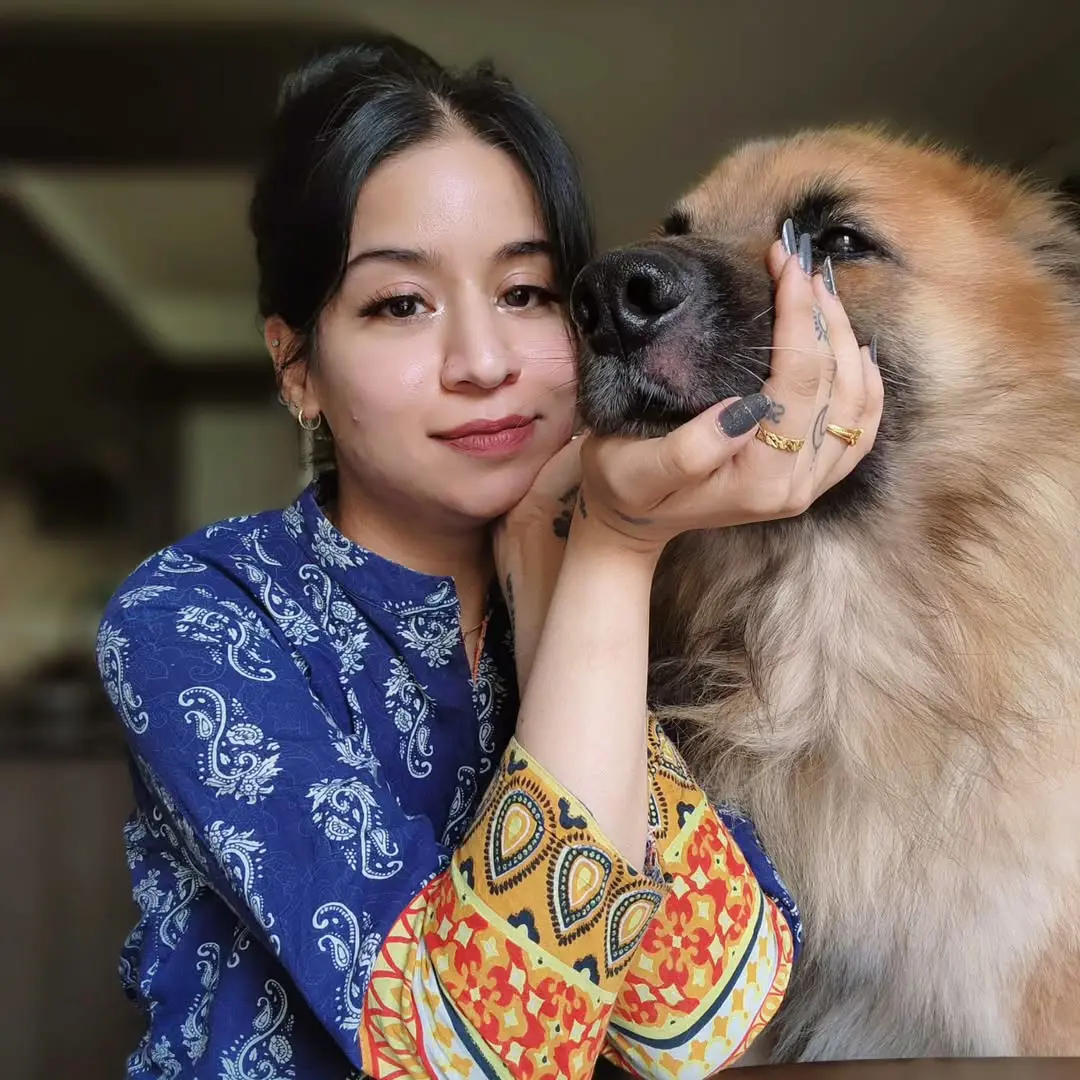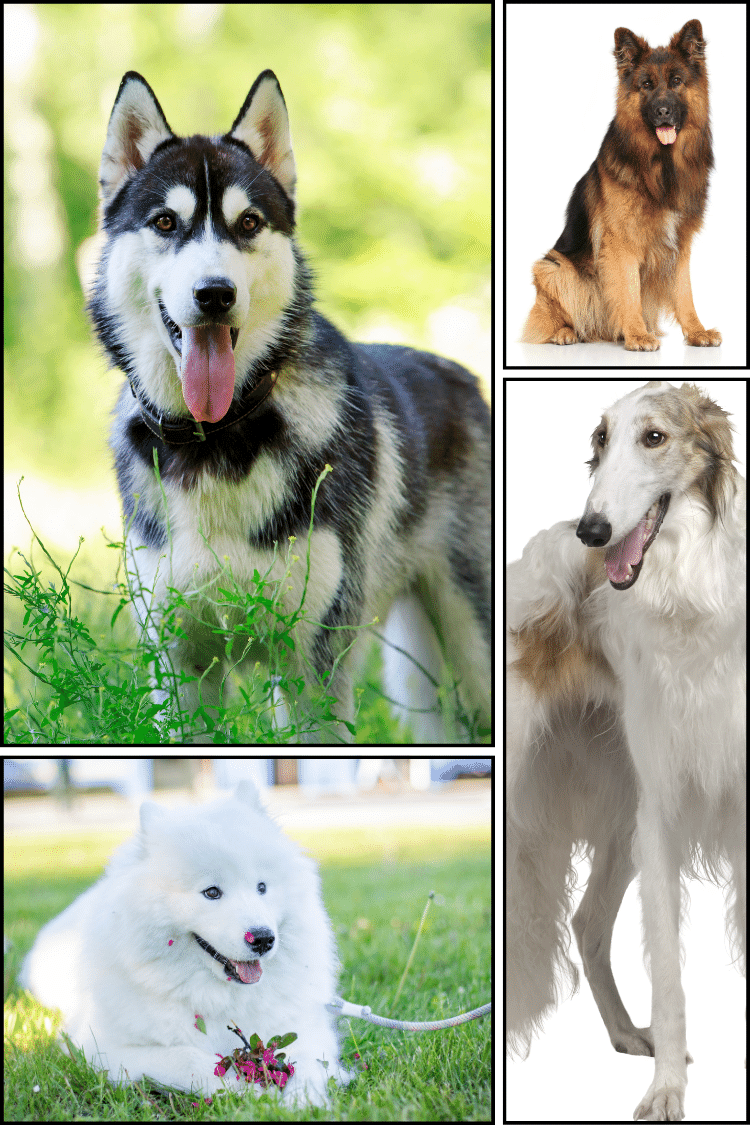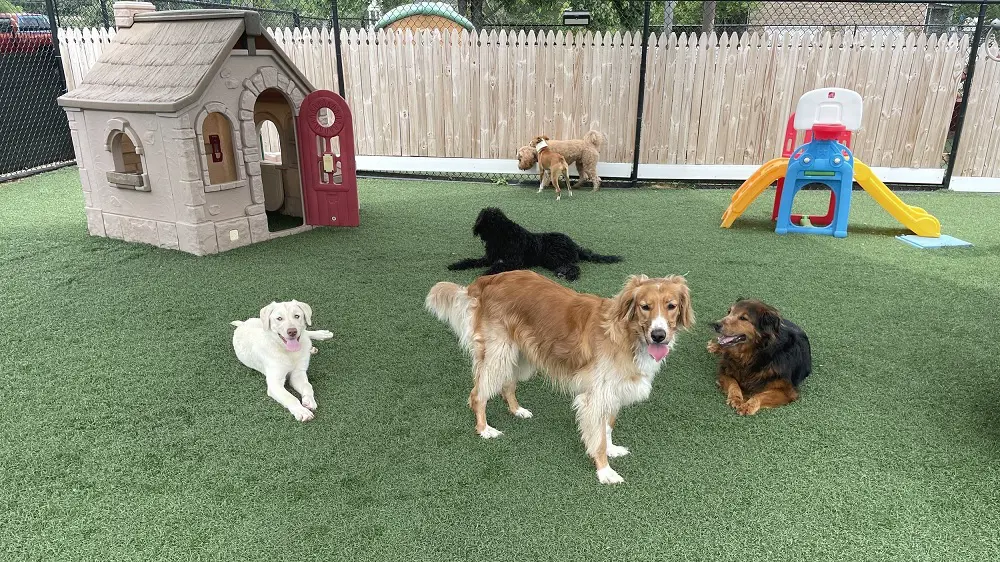Why Your Dog Have Nightmares

Dogs are known to experience dreams during their sleep like humans and they may even have nightmares in some cases. Nightmares are common for any dog to experience, and some breeds may be more prone to them due to their unique behavior.
It is common in dogs that have a history of past trauma, or anxiety, or those that have stressful experiences. This article explores why dogs have nightmares, their signs, and what to do to ensure restful sleep to make sure they are well-rested and healthy.
Nightmares In Dogs
Dogs have complicated sleep patterns that include phases of light and deep sleep: the most active dreaming occurs during the REM (rapid eye movement) phase. Nightmares can result from the way their brains process memories and experiences from the day. Nightmares in dogs cause them to relive something scary and exhibit physical reactions.
Nightmares in dogs are not harmful by themselves, but they can look alarming to pet owners because dogs might twitch, whimper, or even bark in their sleep. A dog experiencing a nightmare reacts normally as its body responds to the dream’s emotional intensity.
A stressful or frightening experience, such as being exposed to loud noises, meeting aggressive animals, and even something as simple as missing a familiar person might cause a nightmare for a dog. Bad dreams can seem intense but they help dogs process emotions and most dogs wake up fine.
Causes Of Nightmares In Dogs

Stressful or frightening experiences usually cause nightmares in dogs that they process while they sleep. Traumatic experiences like being in a shelter, abuse, or loud noises can be a common cause of nightmares in dogs as they can resurface in their dreams and make them appear distressed while sleeping.
Dogs that are naturally more nervous or sensitive also have more frequent sleep terrors. Moving to a new home, meeting unfamiliar people, or adjusting to new activities can also increase worry and lead to troubled sleep.
Physical discomfort or health issues such as an upset stomach or other illness can hamper their sleep and lead to unsettling dreams.
Signs Of Nightmares In Dogs
Dogs experiencing nightmares often display specific signs that set them apart from regular dreaming. They may move their paws as if they are running or paddling, suggesting they are trying to escape something. You might also notice them growling, barking, or whining softly, which could indicate they are reacting to something scary in their dream.
Other physical signs include twitching and sudden jerking movements that can be more intense than usual. Their breathing might become irregular and their heart rate may rise. While these signs are typically harmless, they can be concerning for pet owners who are not familiar.
It’s important to remember that these signs usually pass within a few minutes and that most dogs quickly settle back into their normal sleep patterns. However, if the movements or sounds become too frequent or seem excessively distressing, it may be worth consulting with a veterinarian.
How to Help Your Dog Sleep Better

Helping your dog get a better sleep starts with creating a calm and relaxing setup. It is important to provide a comfortable bed in a quiet area of the house that is away from loud noises.
Dogs that get plenty of physical activity and mental motivation during playtime have comparatively less restless sleep. Activities such as walks, playtime, or training sessions can tire them out in a healthy approach, making it easier for them to relax and fall into a heavy rest.
Should You Wake a Dog Having a Nightmare?
It can be tempting to wake your dog if they seem distressed during a bad dream, but it is generally not recommended. They can become startled or disoriented when abruptly alerted from a rest.
This confusion might cause them to react defensively, such as growling, snapping, or even biting unintentionally. It is better to let the dream run its course as most nightmares are brief and harmless.
If you feel you must wake your dog because they seem extremely distressed, it’s important to do so gently. Avoid touching them directly and instead call their name softly or make a gentle noise to bring them out of their dream.
How to Tell If It’s a Nightmare or a Seizure

Seizures and nightmares can be hard to distinguish as both can trigger sudden actions and unusual behavior during sleep. A dog having a nightmare may twitch, growl, or paddle their legs, but they generally remain somewhat responsive. They may wake up and seem confused but will quickly recognize you if you call their name gently or make a quiet noise.
Seizure is a more serious condition where the dog's body is entirely out of their control and involves violent shaking, stiffened limbs, or uncontrollable thrashing when they are unresponsive. They will not wake up or react to you and will also cause other symptoms like drooling, loss of bladder control, or unusual vocalizations that are more intense than those during a nightmare.
Dealing With A Dog's Nightmare
- Stay Calm and Observant: It is important to remain calm when your dog is displaying signs of nightmares to prevent the situation from escalating as they are sensitive to their owner's emotions. Observe them from a safe distance to make sure they are not in physical danger as nightmares are usually brief and pass naturally without intervention.
- Use Gentle Reassurance: Providing gentle reassurance can help dogs feel safe and supported when having a bad dream. Start by using a soft tone to speak to your dog without touching then as it can ease their stress and help them get out of the bad dream naturally.
Offering gentle comfort by petting them and speaking reassuringly also helps when they feel confused or disoriented after a nightmare. Make sure not to force interaction but rather let them come to you on their own as this gives them time to adjust. - Create a Safe Sleep Environment: A quiet area where your dog can rest without any disturbance will help them feel safe during sleep. Choose a location that is away from noisy areas as it can cause stress and anxiety, which may result in nightmares.
- Address Persistent Nightmares: Addressing the underlying cause of frequent nightmares in dogs is important to improve their sleep quality. Make sure to monitor their behavior and look for patterns that can help identify any triggers that may be inducing worry.
If it occurs frequently and affects your dog's health, make sure to visit the vet for proper identification of the condition.
Factors Affecting Dreams In Dogs

Breed
There is no definitive research proving that certain dog breeds are more inclined to nightmares, but breed-specific traits and behaviors can affect how they experience nightmares. Some breeds are naturally more anxious, which can make them more susceptible to unpleasant experiences.
Dogs with a history of trauma or rescue dogs that have been in stressful situations may also be more prone to bad dreams. Smaller dogs, which often have a heightened sense of alertness, may also be more affected by stress or changes in their environment that can lead to nightmares.
Age
A dog's age can play an important role in influencing their dreaming patterns which includes the frequency and intensity of nightmares. Puppies tend to have more intense and frequent dreams as their brains are still developing and processing a lot of new information, making them prone to restless sleep.
Senior dogs also experience changes in their sleep patterns as they sleep more deeply but with less REM sleep, which impacts how often they dream or experience bad dreams. Puppies may have emotional dreams as they adapt to the world around them which can enter a more consistent sleep rhythm as they grow older, resulting in fewer nightmares.
Both young and older dogs experience sleep disturbances, but the nature of the disturbances and frequency of nightmares can vary according to their age, health, and emotional state.
Diet

Dogs require proper nutrition for proper tasks which can be received through a balanced eating plan that helps to regulate mood, energy levels, and quality of sleep. Lack of essential nutrients can lead to restlessness, anxiety, or poor sleep quality, which can result in unsettling dreams.
Eating large amounts of food right before bed can also cause trouble for them to settle which can trigger a bad sleeping experience. Foods with high levels of fat or artificial supplements can also cause digestive unease that can disrupt sleep.
Feeding your dog a diet with healthy fats and vitamins will help to promote a calm and balanced feeling that can contribute to better sleep and less anxiety. Maintaining a consistent feeding routine also plays an important role in improving their sleep quality.
Exercise
Regular physical activity helps dogs expend energy and reduce excess anxiety, which helps them sleep comfortably. Dogs who don't get enough exercise are more likely to suffer from restlessness and disturbed sleep, leading to more frequent and intense dreams.
Insufficient physical activity can also make them struggle to fall into a deep sleep, and they may instead experience light sleep which can increase the risk of nightmares. Proper exercise ensures that they are physically and mentally tired, which can promote a deeper and more restful sleep that helps to reduce bad dreams.
Health Conditions
Dogs with health issues are more likely to suffer from discomfort, pain, or anxiety that can disrupt their sleep as it makes it harder for them to enter a deep stage and increases the chance of unpleasant experiences. These dreams can be a direct result of their body being unable to achieve a deep, healing sleep due to pain or unease.
Dogs with health conditions also find it difficult to settle down completely at night, making them more susceptible to disrupted sleep cycles and unsettling dreams. It is important to take them to the vet and find out the cause to help them have a routine sleep.
Top Lists







